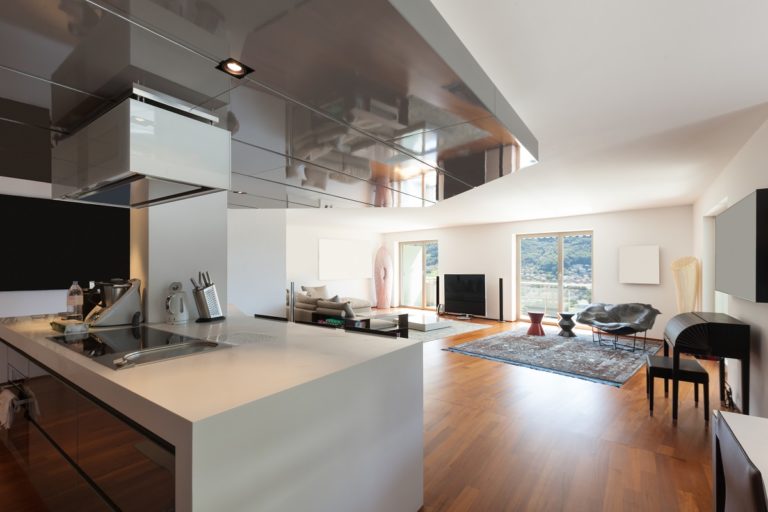Statistics show that about 50 percent of small businesses in the United States are home-based. For entrepreneurs who are just getting started on their journey towards finding success in the business world, working from home is a no-brainer because it eliminates the need for an expensive lease, and it’s generally safer and healthier especially in the time of COVID-19.
But just because a business operates from the owner’s home, it doesn’t mean that all operational, logistical, and financial difficulties are out of the way. On the contrary, if the workspace is not well-designed and functional, it might cause more problems than convenience for the team running the business.
Running a business from your home is hard, but thankfully, you can make it easier for you through strategic home design. When speaking with mortgage specialists while looking for a new home from which you can run your new business, here are some interior design tips and layout ideas to look for.
Dedicate one room in the house for the business
If your home is equipped with an extra room that can be solely dedicated to running the business, don’t hesitate to use it for that purpose. Having a separate room that gives you the choice to close the door anytime is crucial if you want to be able to hold confidential meetings and if you want to be free from distraction while working.

Our minds tend to associate places with certain activities, and if you want a good work-life integration as you run your business from the comfort of your home, you need to have a space that will allow you to run leave work at the door once you clock out. When you work from home, you need to be able to set a demarcation line between work hours and off-hours if you want your mental well-being and family life to stay healthy.
Consider the space
Depending on your business type, you want to ensure that there is enough space for you to do all the tasks you need to manage. It is far less productive to work out of two or three separate areas of your house, instead of having one concentrated area where you can do most if not all the things you need to do.
Here are some essential furniture pieces you need for your workspace:
- A sturdy desk with drawers and an office chair—both of which should be ergonomic.
- A bigger table for when you have to work with your hands.
- If you are meeting clients in the workspace, make sure to add a comfortable couch or sofa and a coffee table.
Choose the right lighting
The lighting in your workspace can make or break your productivity and energy levels throughout the day. Here are some lighting tips you need to remember when designing your workspace:

- Let the natural light in if your workspace has windows. According to a study by Cornell University’s Department of Design and Environmental Analysis, natural light decreases the chances of employees having headaches, eye strain, and blurred vision while they work throughout the day. Natural light also helps keep our circadian rhythm in proper working condition, regulates our hormones, and helps workers do their tasks productively throughout the day and rest soundly at night.
- If your workspace has no windows, you can duplicate the look and feel of natural light through the use of fixtures and layered lighting. The temperature and color of your office lighting should largely depend on the function of your space. If you want to be able to concentrate and wake your spirit up while you work, white and cooler blue lights are your best bet.
The rule of thumb is that your lighting should follow how natural light changes throughout the day. This means that your lighting should be on the cooler side throughout the day, and turns warmer as the day winds down, much like a sunset during golden hour. Consider looking into light therapy lamps that you can incorporate into your space to help condition your mind and body into having proper work and sleeping hours.
Running a business from your home can be made more convenient with the right interior design choices. Don’t scrimp on your workspace and think of it as an investment as you get your small business off the ground.



